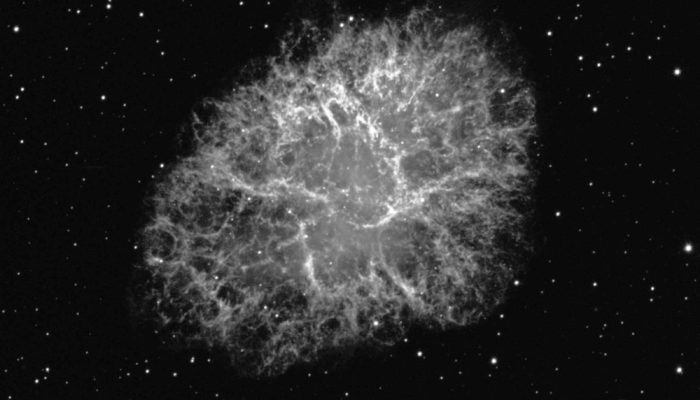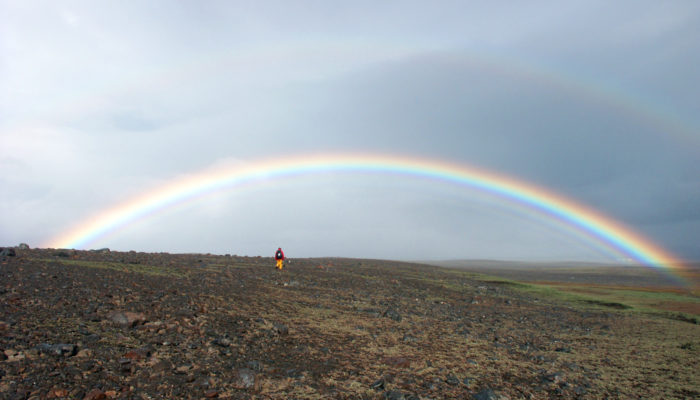You’re an Early Career Scientist (ECS) attending the General Assembly (on-site, finally!) and looking to get the most out of Europe’s largest geoscience conference. Perhaps you want to grow your network of researchers and fellow science enthusiasts, or get a firmer grip on the many career options unfurling before you. Maybe it’s your first time and you don’t know where to s ...[Read More]
How to EGU22: using the pop-up networking scheduler, online and on-site
Organise, schedule, and promote your own event at this year’s General Assembly EGU22 using the Pop-up Networking Scheduler! Registered participants can now use the tool to book networking rooms in the conference centre, schedule networking meetings outside of the centre, and organise virtual events. All events organised using the Pop-up Networking Scheduler will appear on the conference prog ...[Read More]
Imaggeo On Monday: the Crab Nebula

The Crab Nebula (catalogue designations M1, NGC 1952, Taurus A) is a supernova remnant and pulsar wind nebula in the constellation of Taurus. At the center of the nebula lies the Crab Pulsar, a neutron star 28–30 kilometers across with a spin rate of 30.2 times per second, which emits pulses of radiation from gamma rays to radio waves. This photo was taken with Liverpool Telescope (Roque de los Mu ...[Read More]
Meet the EGUpride group: LGBTQIA+ members are welcome to join!

It is hardly a surprise that members of the geoscience community who identify as LGBTQIA+ (Lesbian, Gay, Bisexual, Transgender, Queer/Questioning, Intersex, Asexual, and others who fall under the umbrella but do not identify with these categories) are likely to face more obstacles in their career compared to their cisgender and heterosexual colleagues. This is true for people at all career levels, ...[Read More]


